This elegant snaphance lock pistol dates back to the 18th century and is attributed to Gio Ant Franzino, with additional collaboration from G. Finelli, as indicated by the signatures on the barrel and lock plate.
Originating from Northern Italy, this piece exemplifies the artistic craftsmanship of the Baroque and Rococo periods.
The firearm features a smoothbore barrel with a two-stage design: an octagonal section at the breech transitioning to a round muzzle. The barrel is adorned with floral engravings and the signature GIO ANT FRANZINO, surrounded by stars. The caliber is approximately 12.4 mm.
The snaphance lock, characterized by a separate cover for the powder pan, showcases a rounded lock plate embellished with engraved busts and floral motifs. The lock plate is further inscribed by G. Finelli. The mechanism requires revision.
The stock, made of wood, is richly decorated with floral carvings, while the fittings are crafted from iron. The butt-plate, trigger guard, and counterplate feature relief portraits, a hallmark of 18th-century Italian decorative weaponry. The counterplate also includes a hook for belt carry. The wooden ramrod is equipped with iron extractors.
Interesting Facts
Snaphance: Snaphance locks were popular until the transition to the more advanced French flintlock. A distinguishing feature is the absence of a direct connection between the flint and the powder pan cover, making this mechanism earlier and more valuable for collectors studying the evolution of flintlock firearms.
Two Masters: The presence of two signatures (Franzino on the barrel and Finelli on the lock) indicates the traditional practice in Italian weapon-making centers, such as Brescia, where one specialized craftsman might create the barrel while another crafted the lock.
Artistic Design: The richly carved wood and relief ironwork demonstrate a high level of craftsmanship typical of presentation weapons, which served as symbols of their owners’ status rather than mere tools of war.
Historical Context
Northern Italy, particularly regions associated with weapon production like Brescia and Gardone Val Trompia, was one of the largest and most influential centers for the manufacture of both cold and firearms in Europe. In the 18th century, Italian craftsmen were renowned for their artistic finishes and decorative quality. Pistols like this one were commissioned by local aristocrats or wealthy merchants, making this piece a significant testament to Italian weapon artistry and its contribution to European firearms history.
Be the first to review “Snaphance Lock Pistol, Gio Ant Franzino, Northern Italy, 18th Century” Cancel reply
Related products
-
Sword for officers of all branches and administrations model 1872
620 $Original price was: 620 $.600 $Current price is: 600 $.
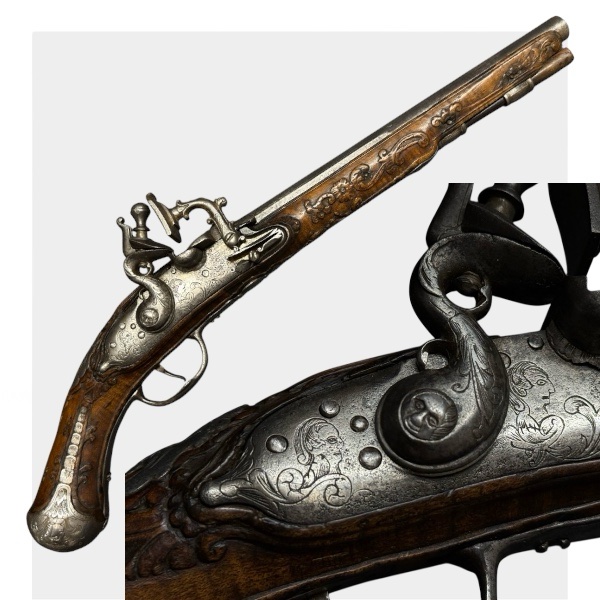
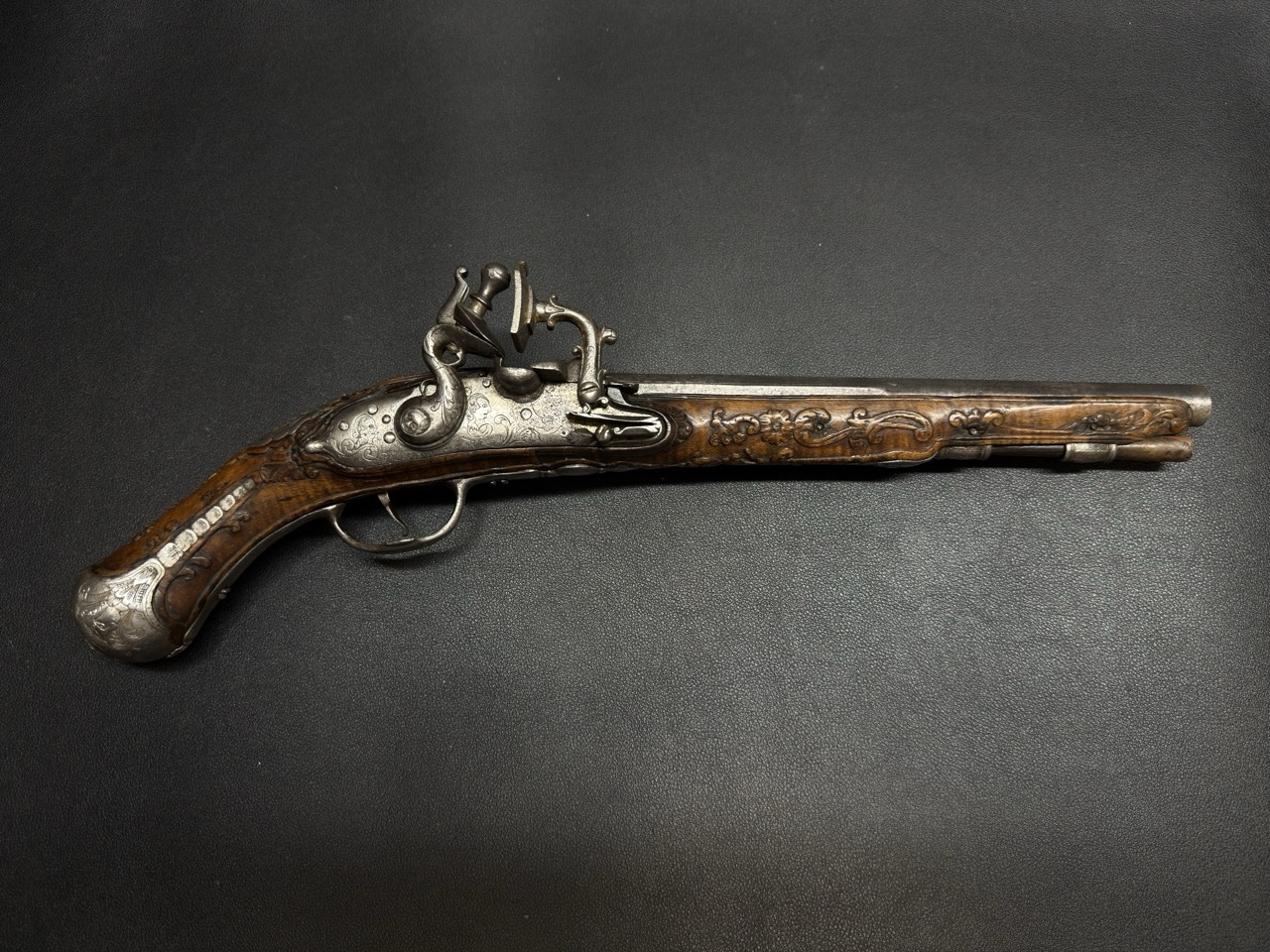
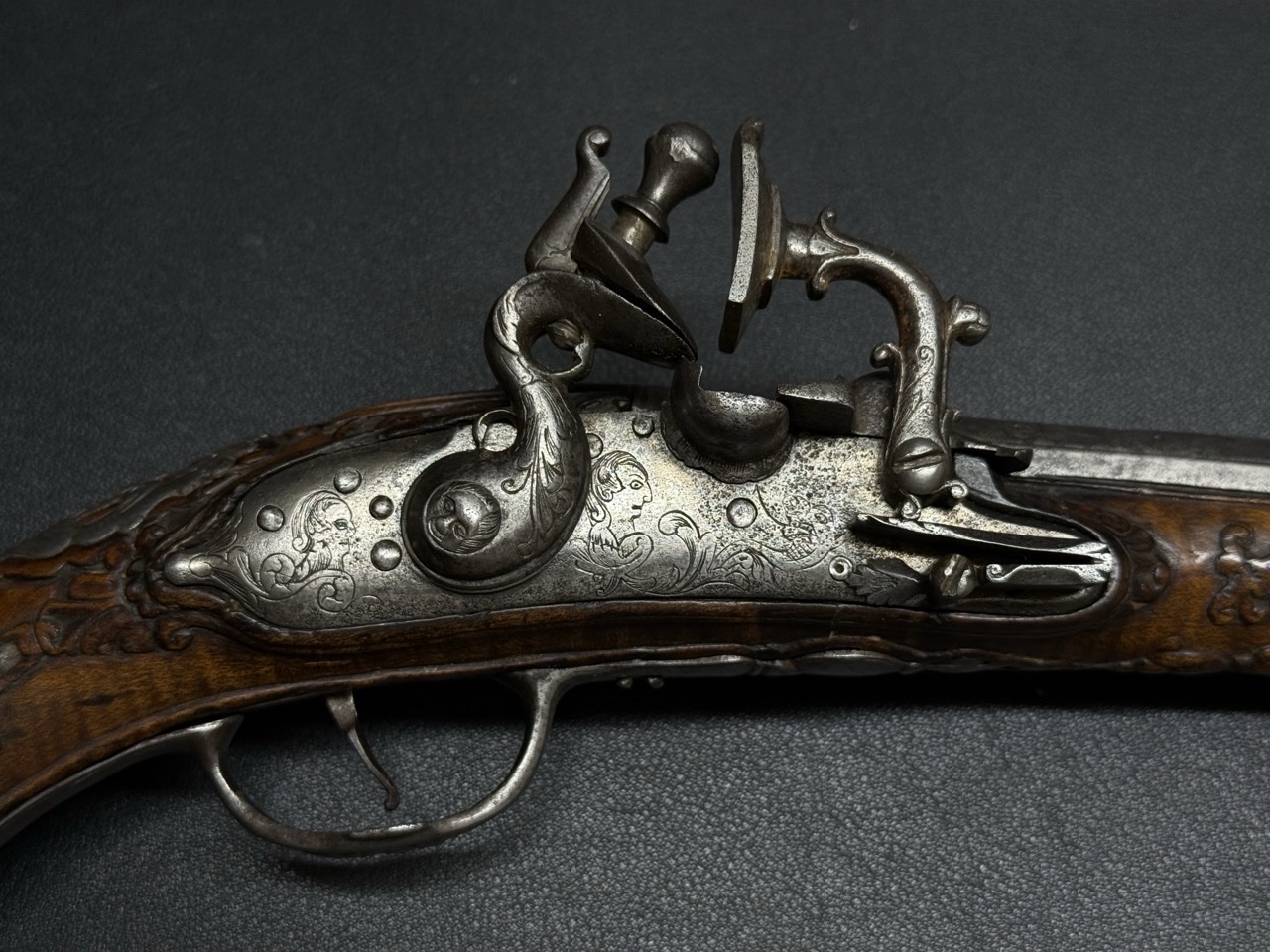

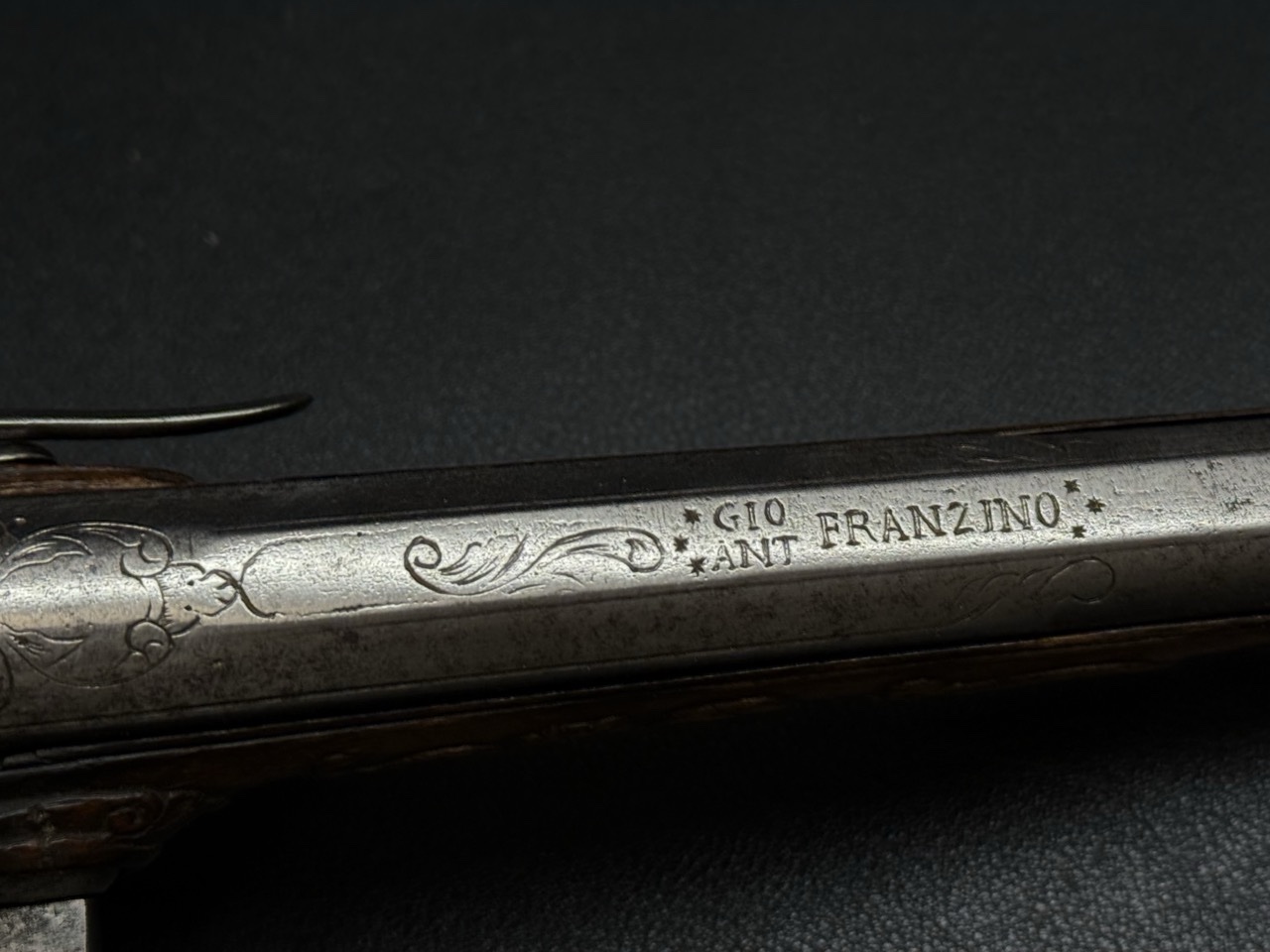


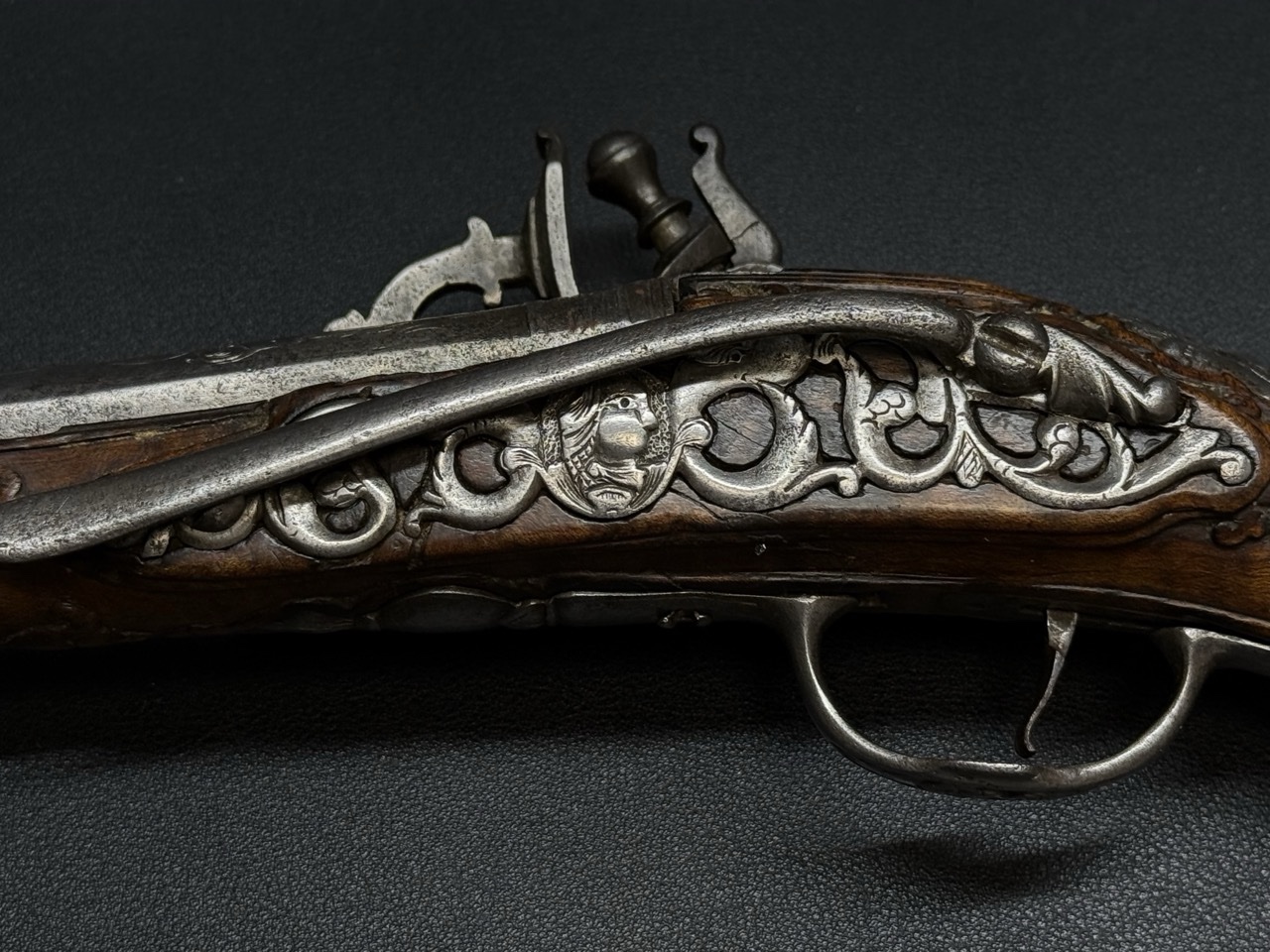
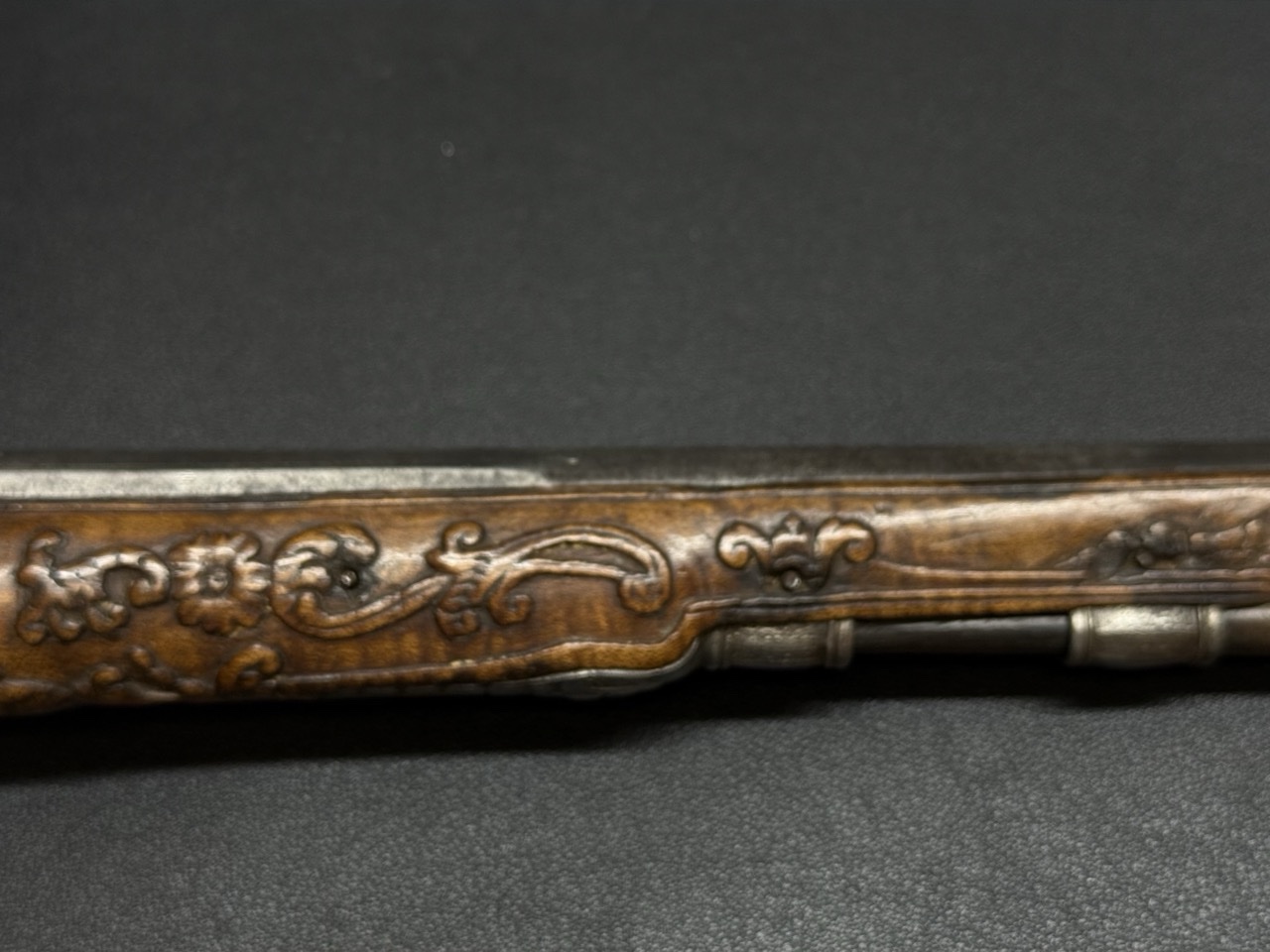
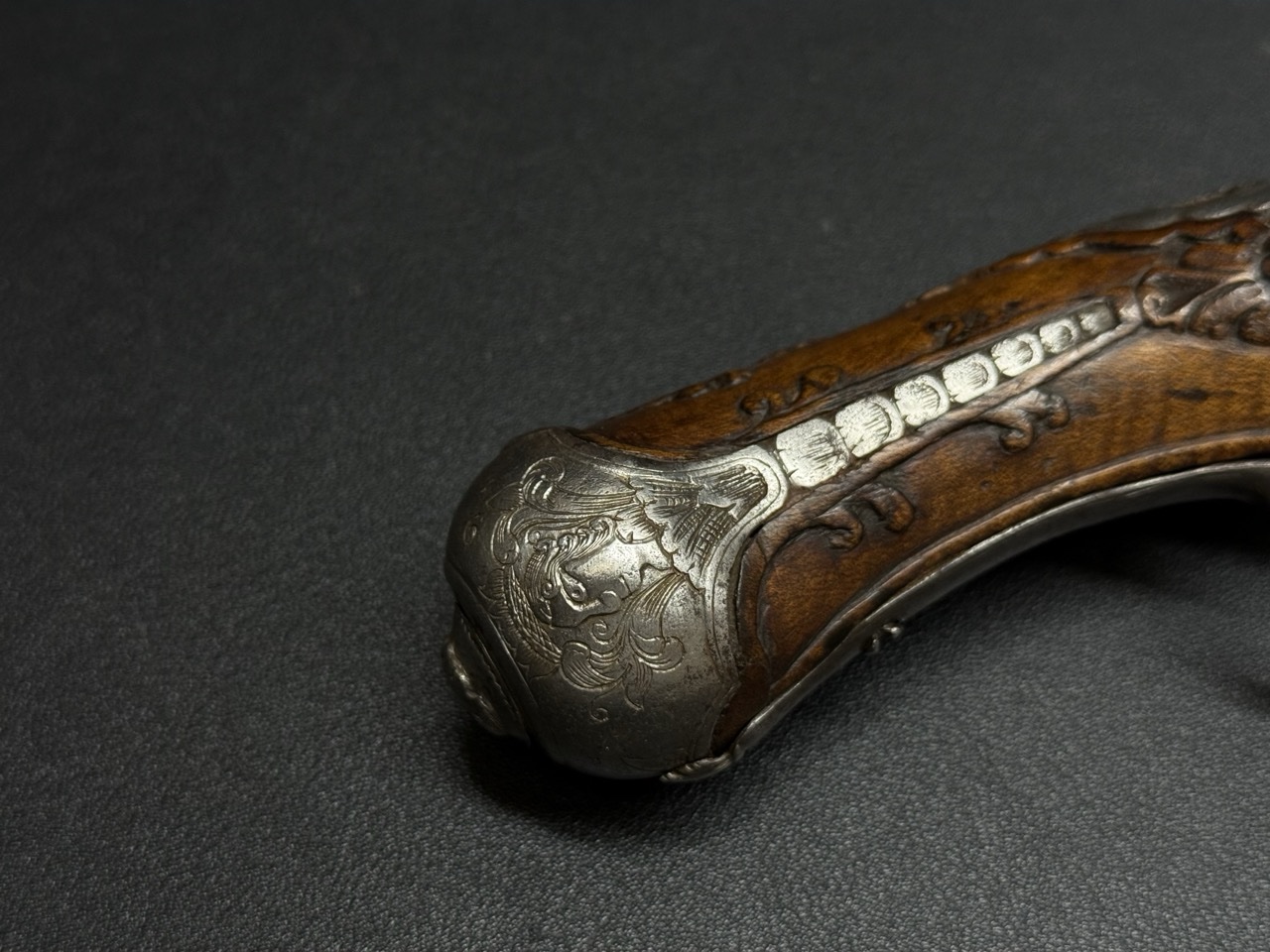

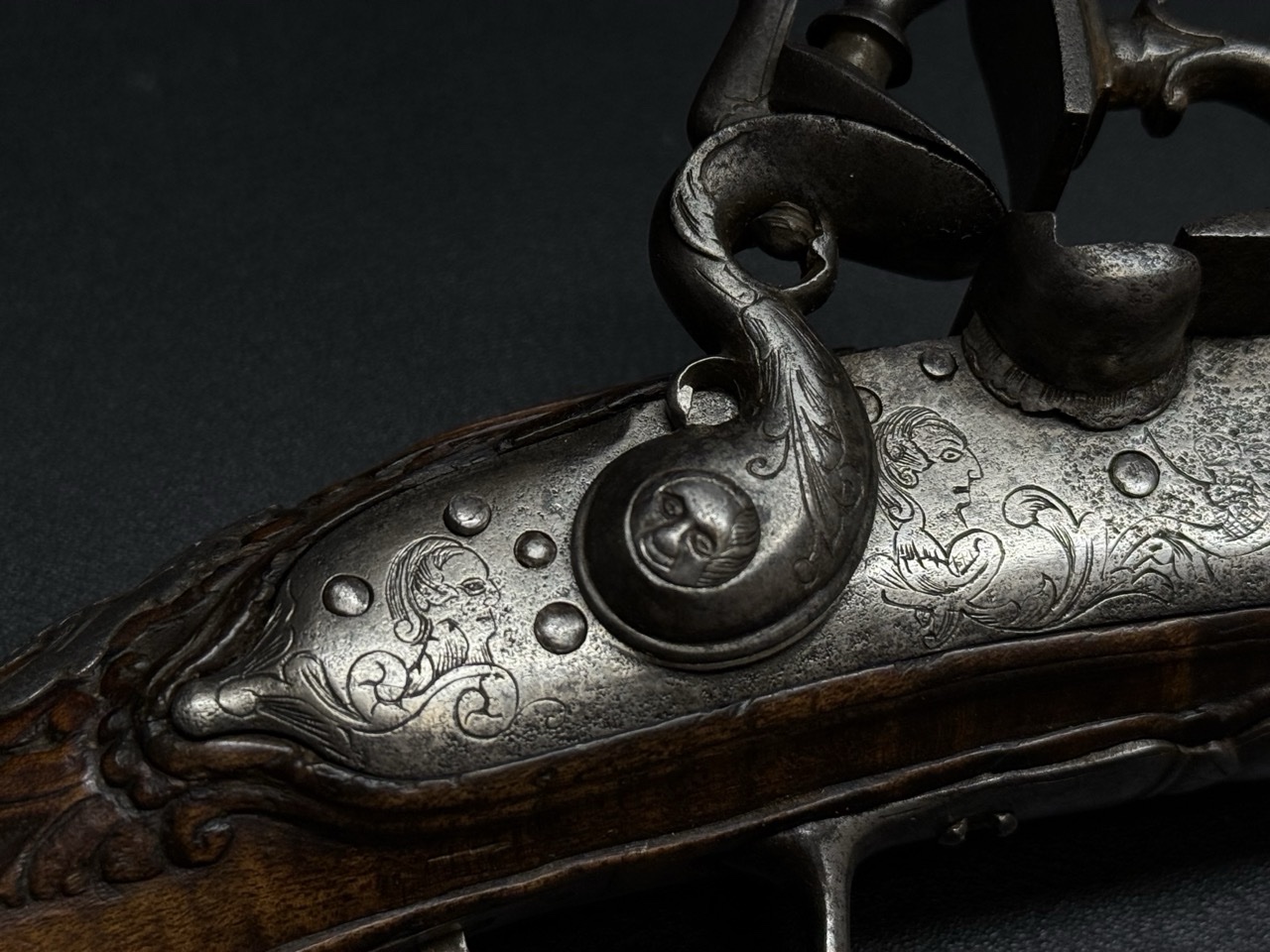

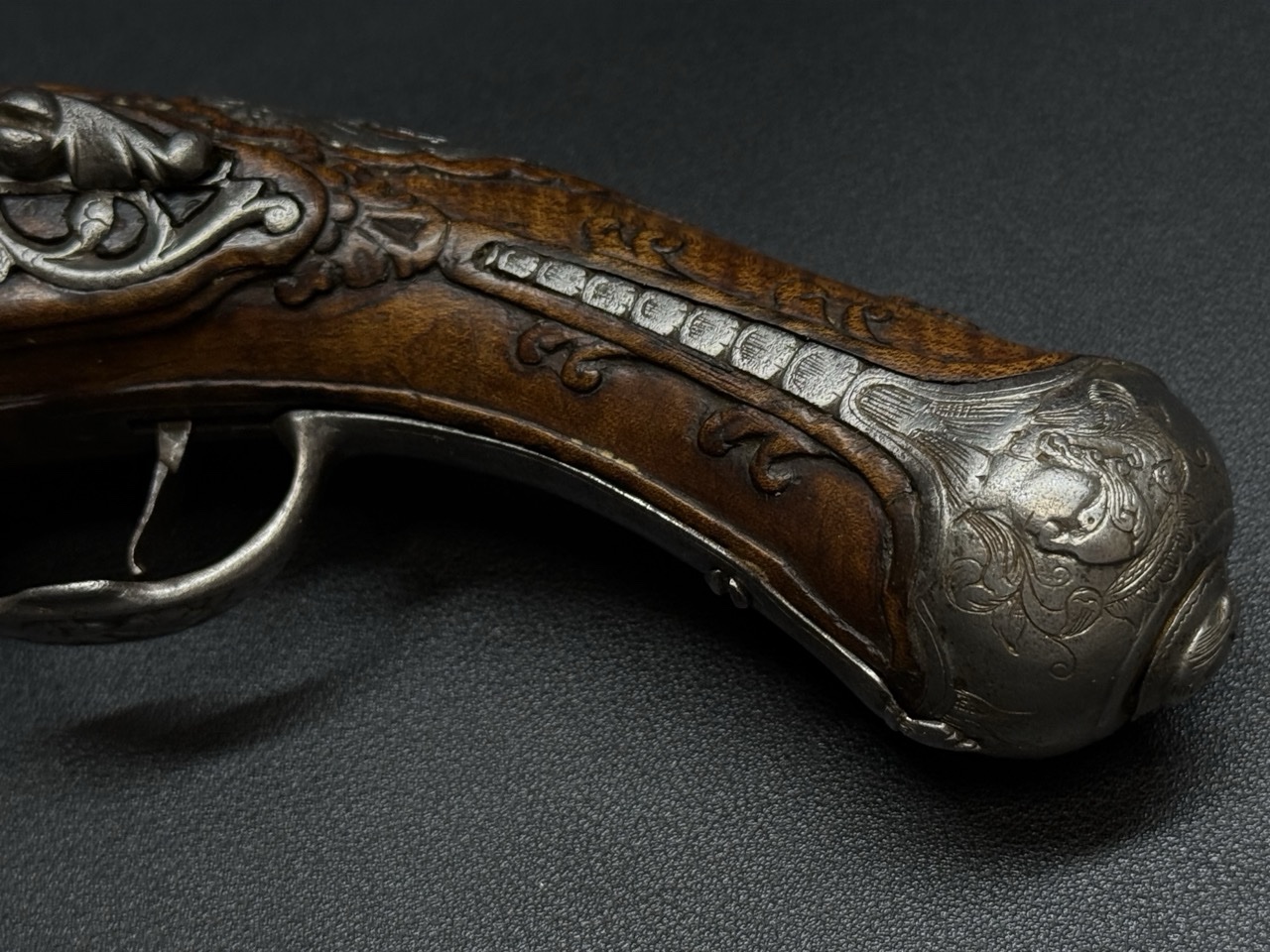



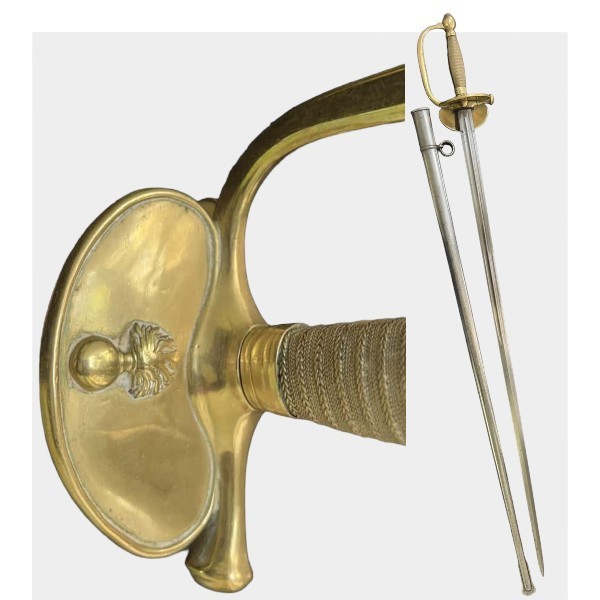
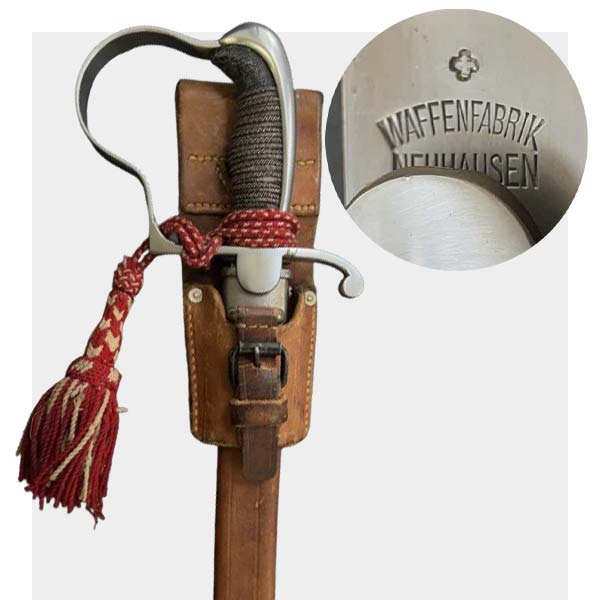
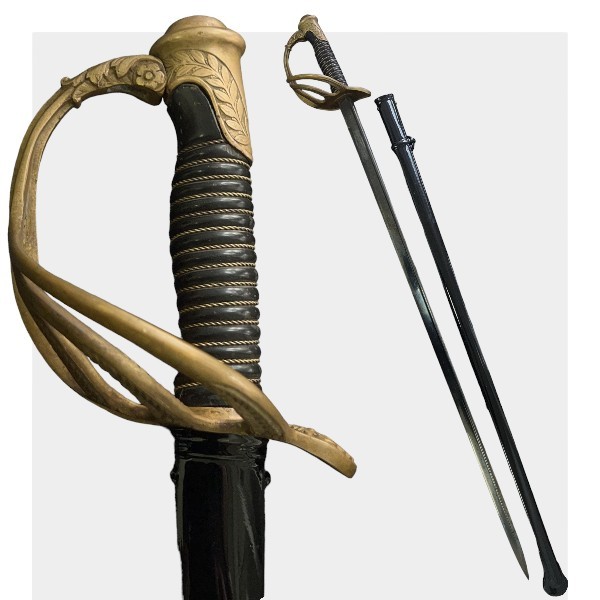

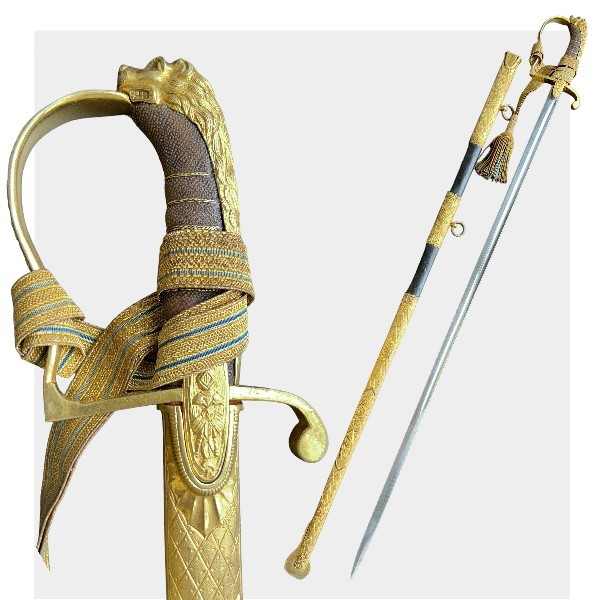

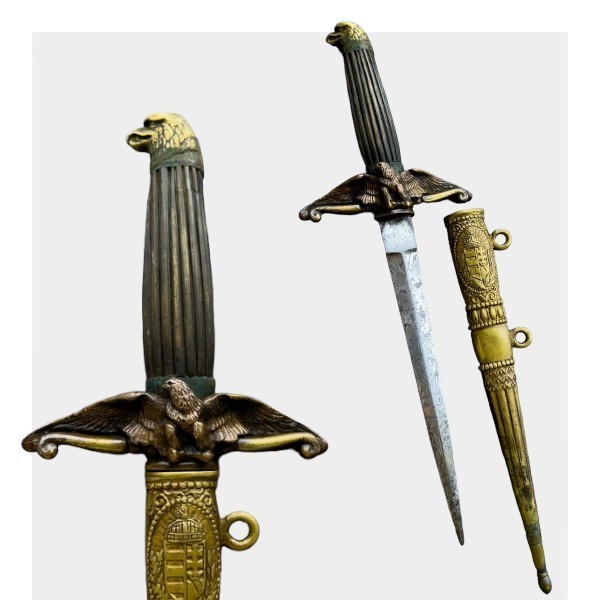
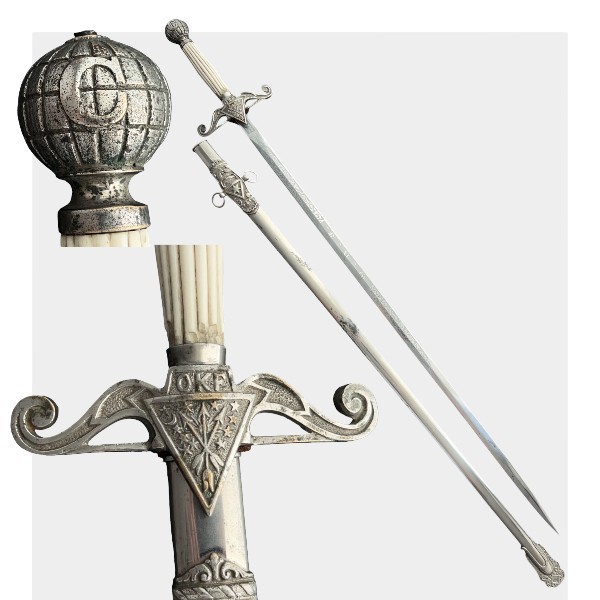






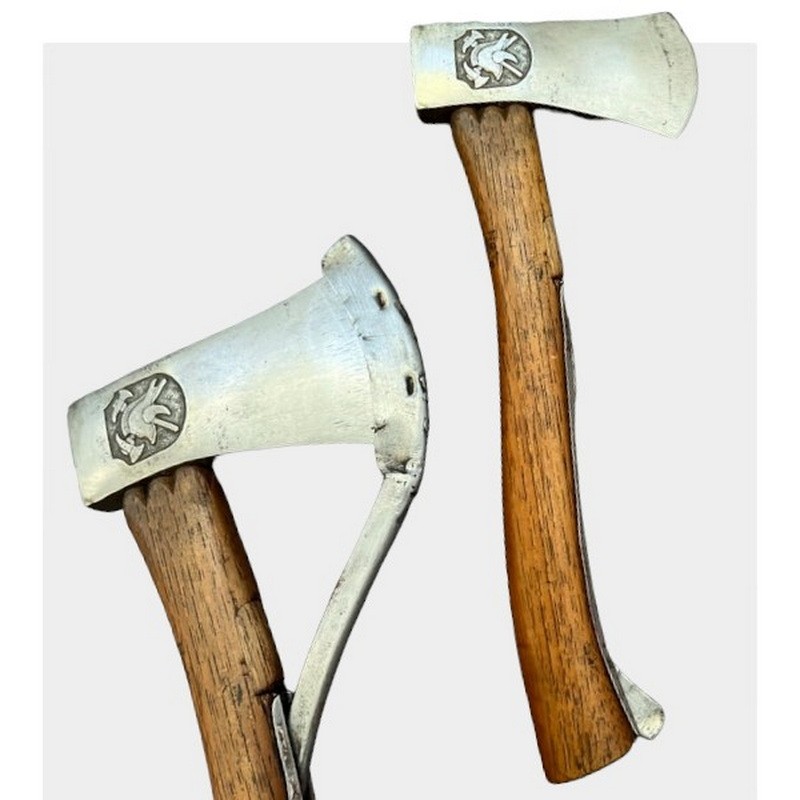
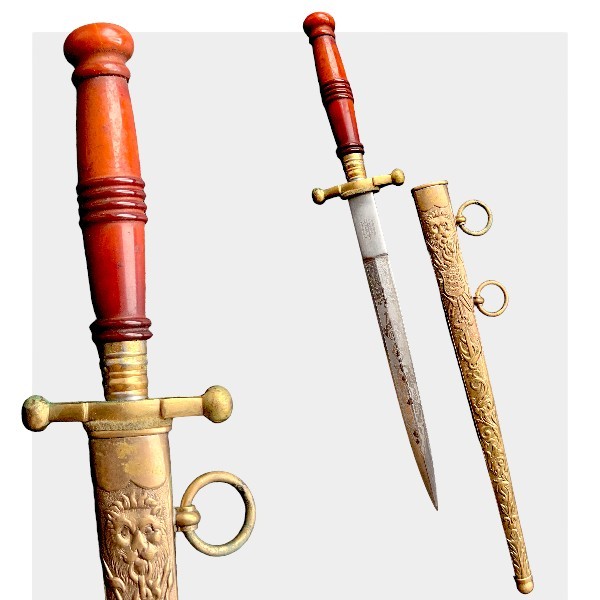


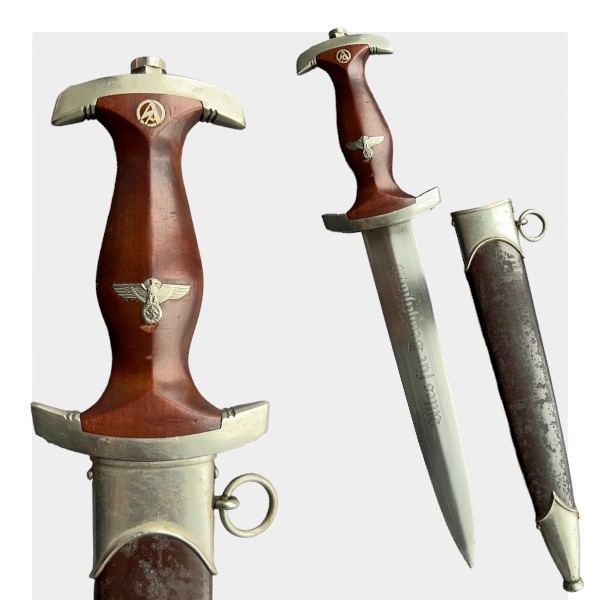
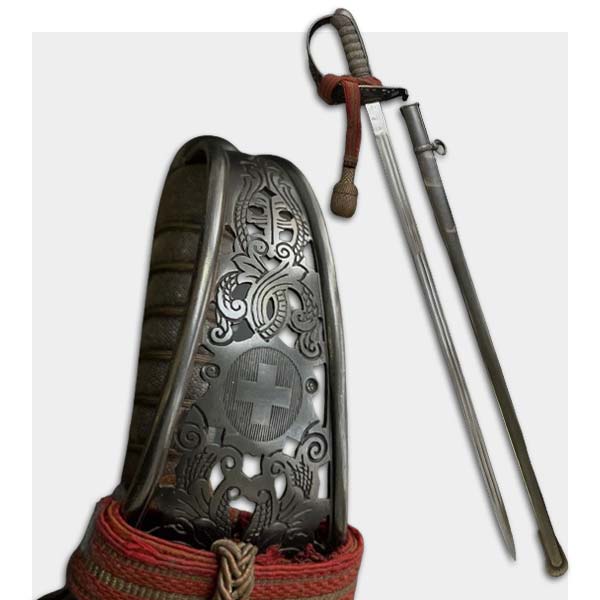

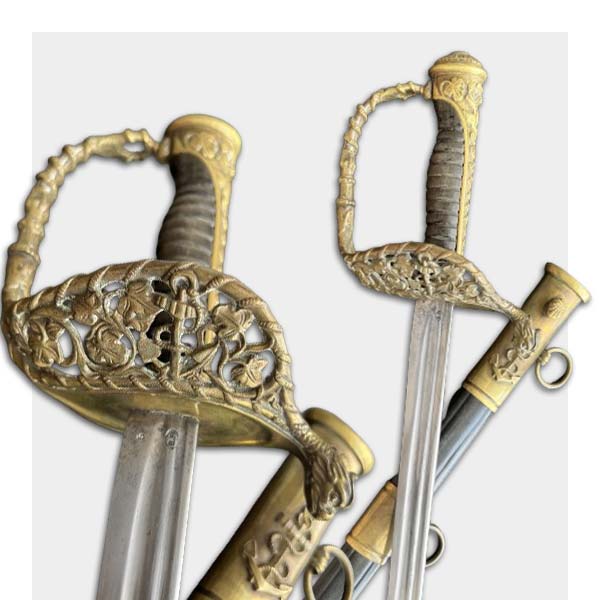


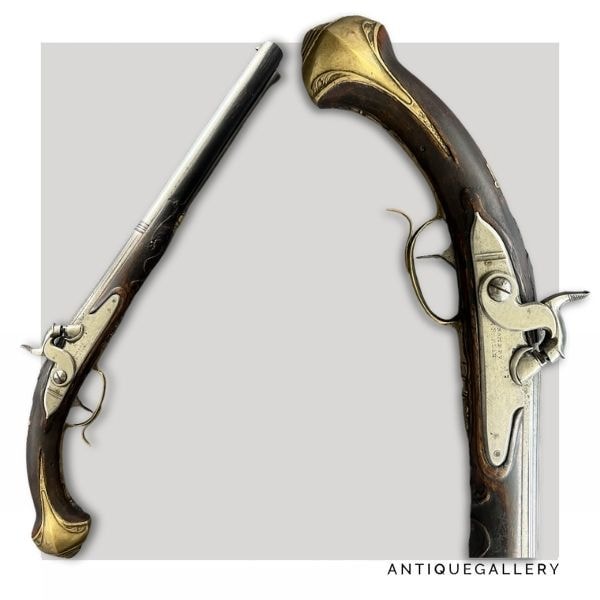
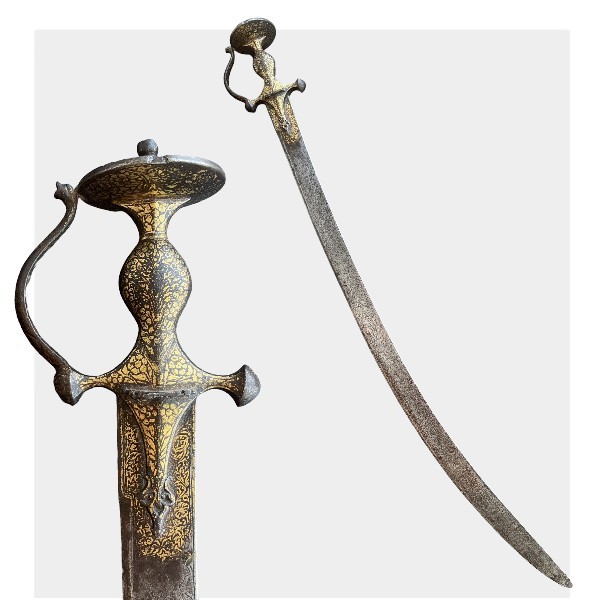


There are no reviews yet.